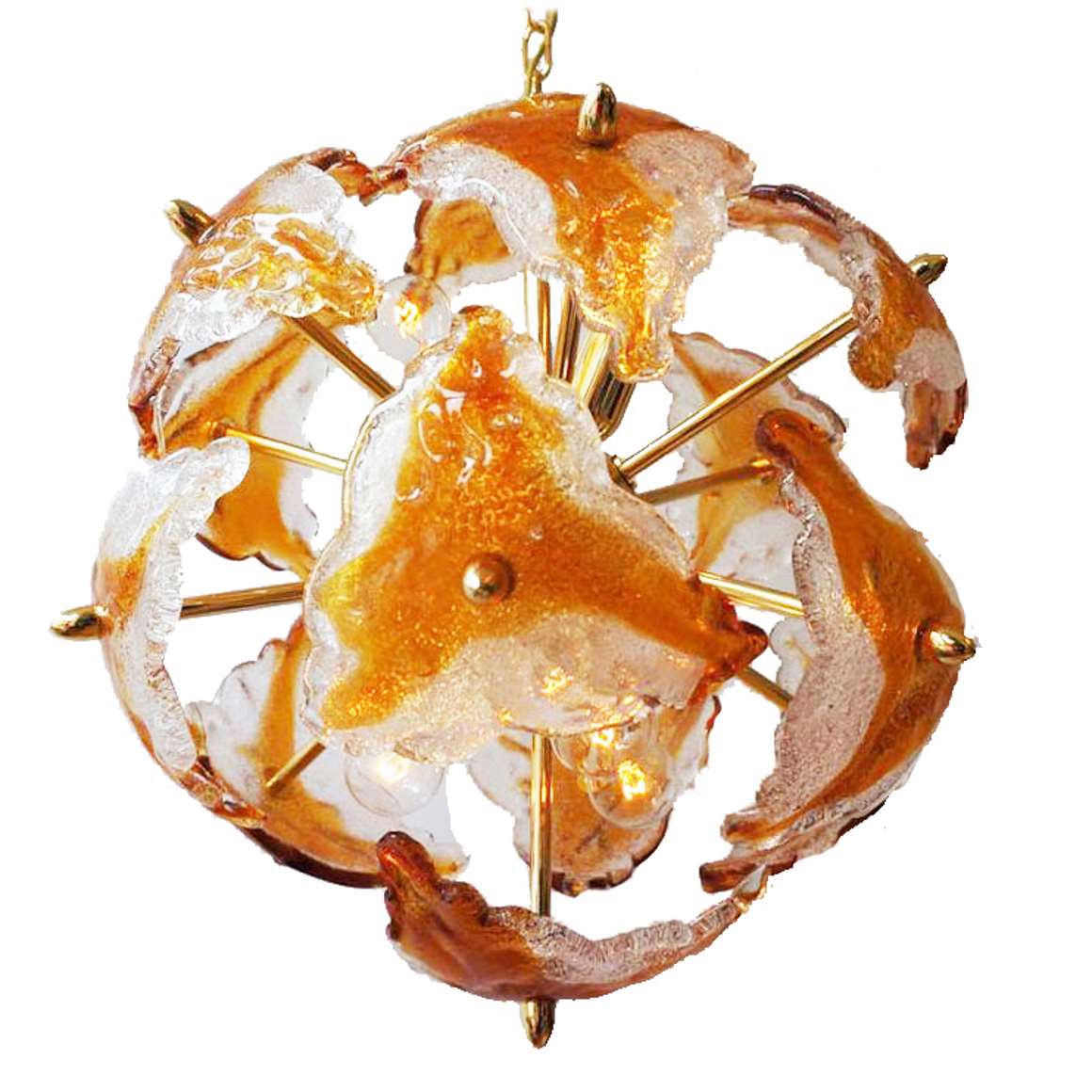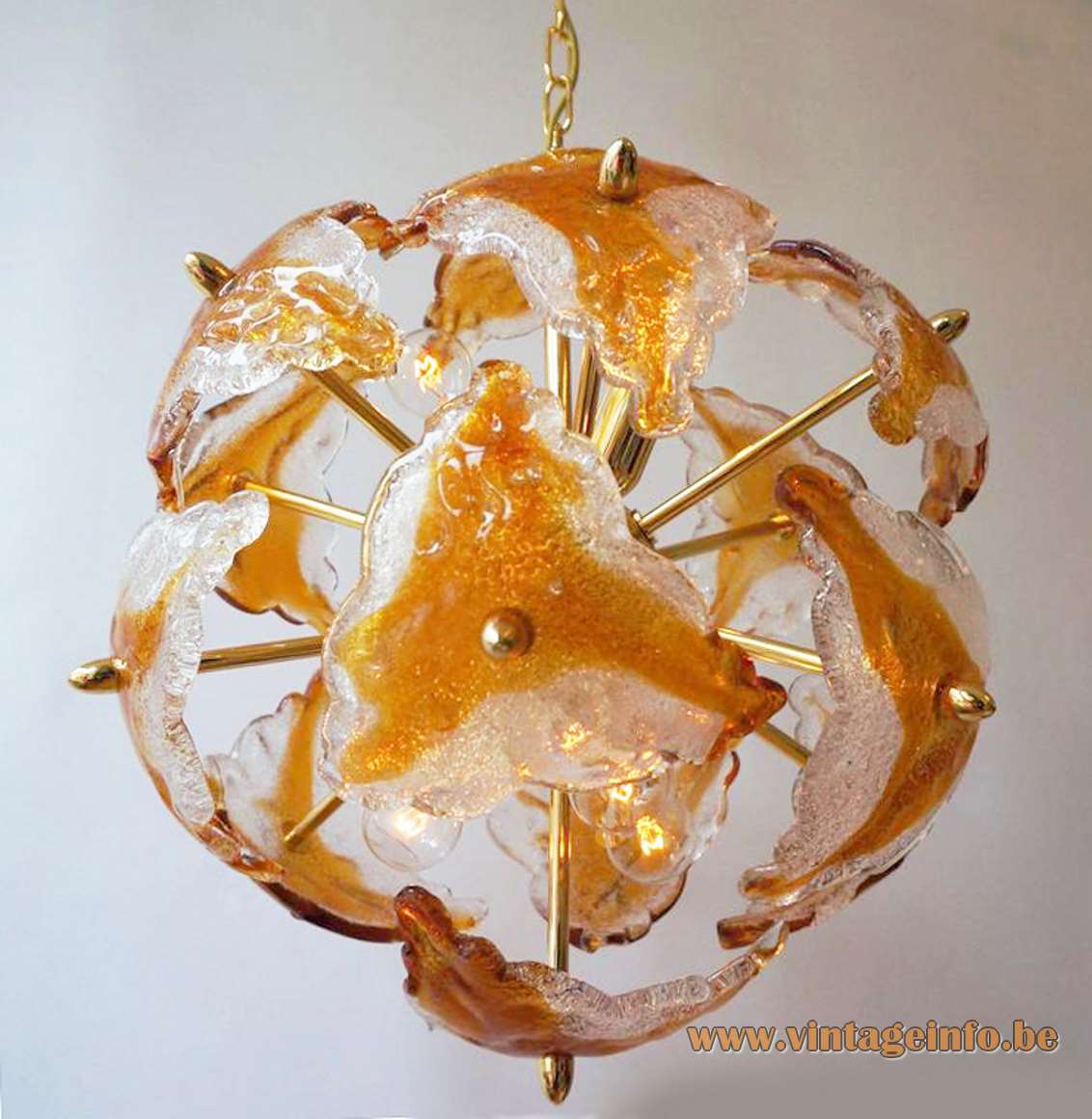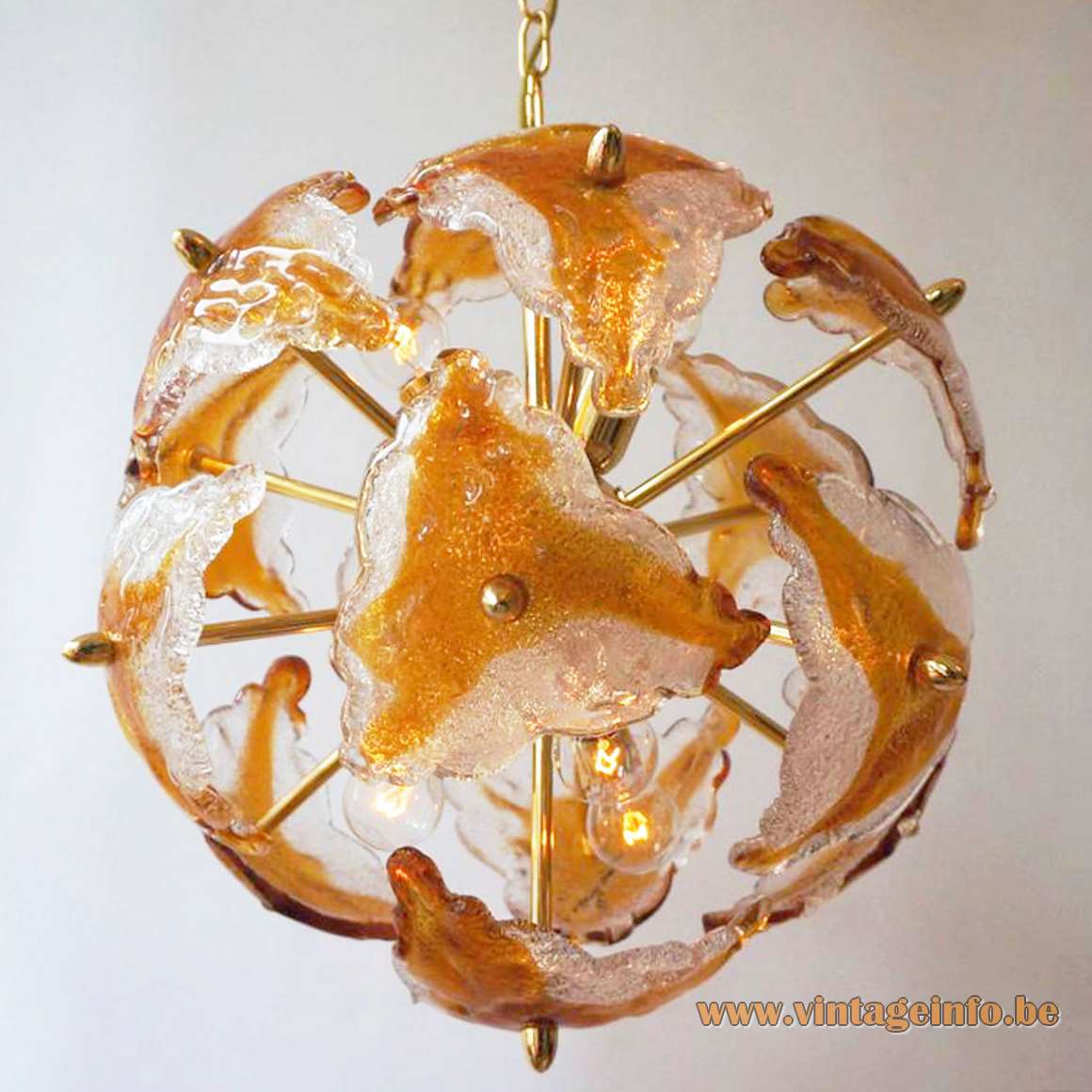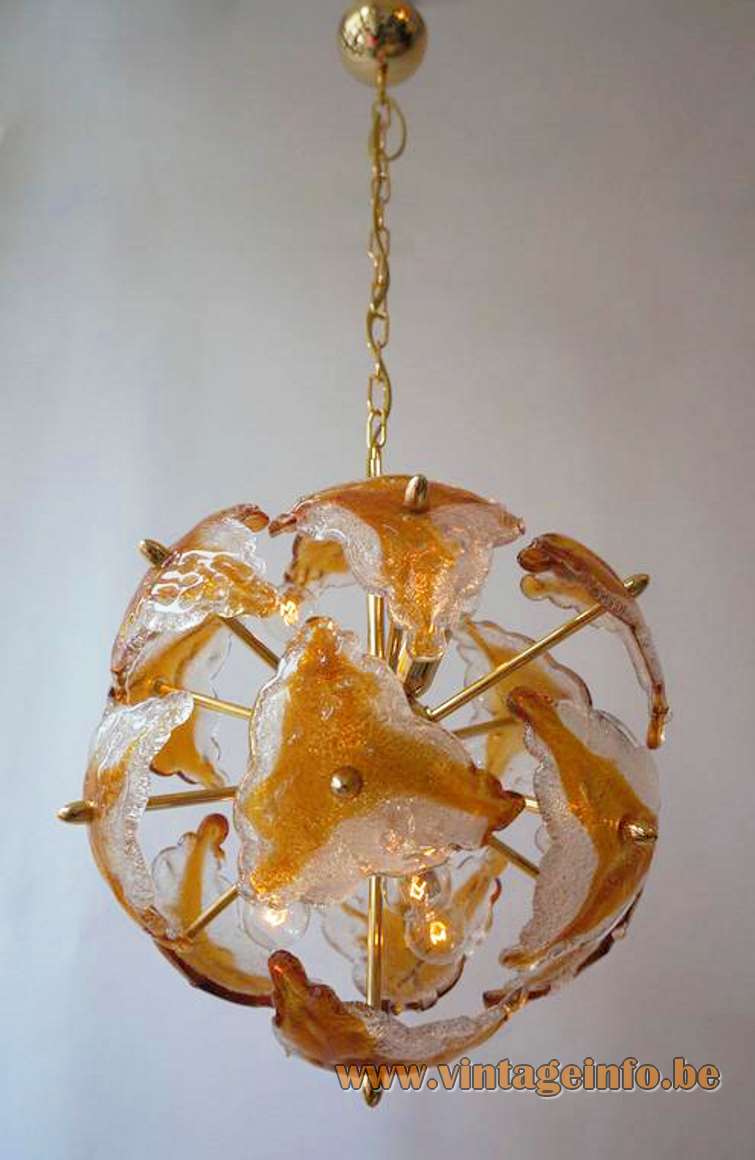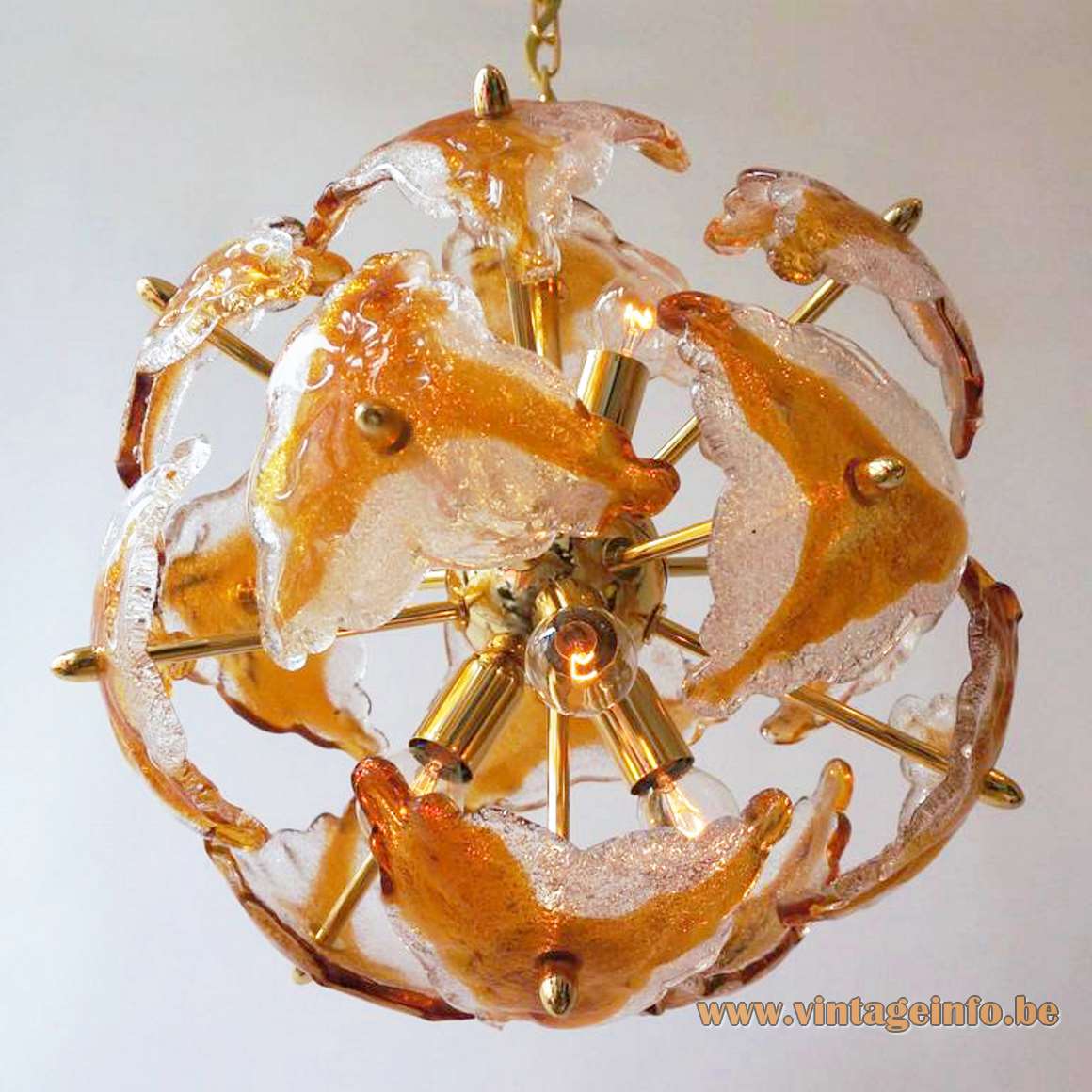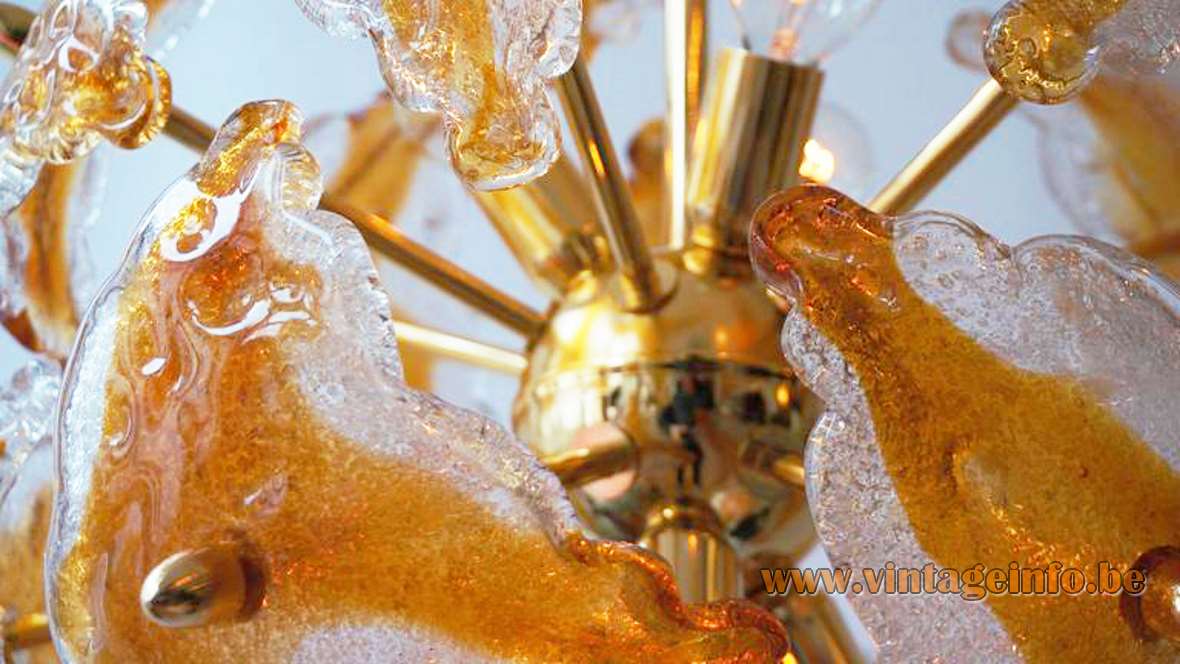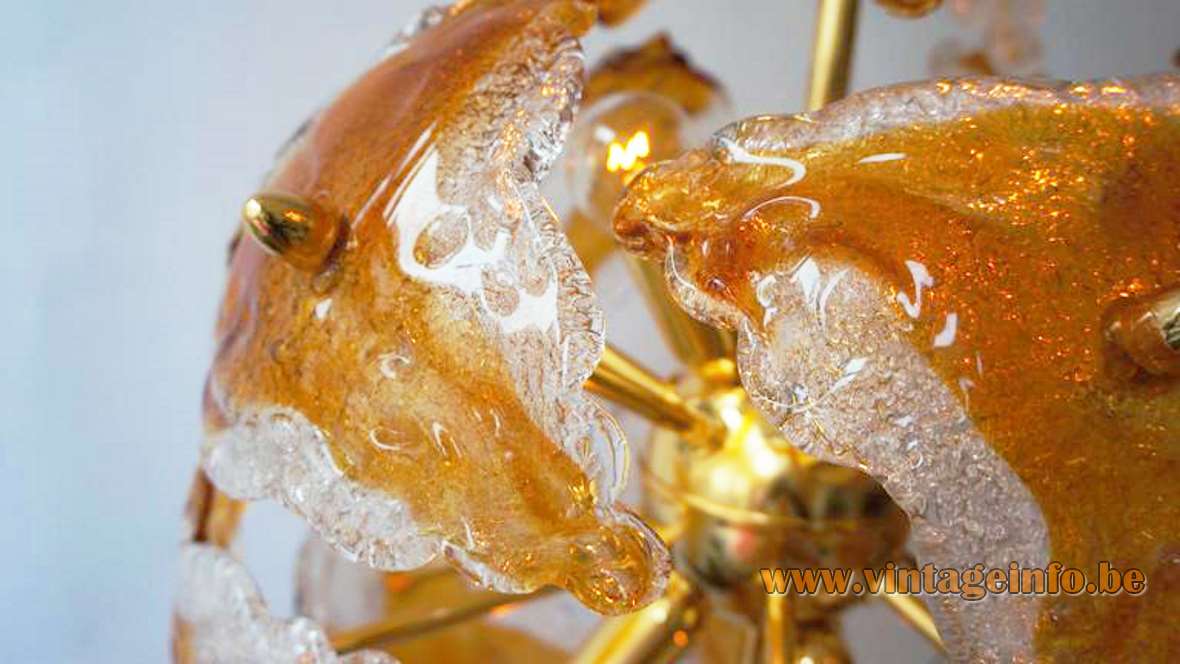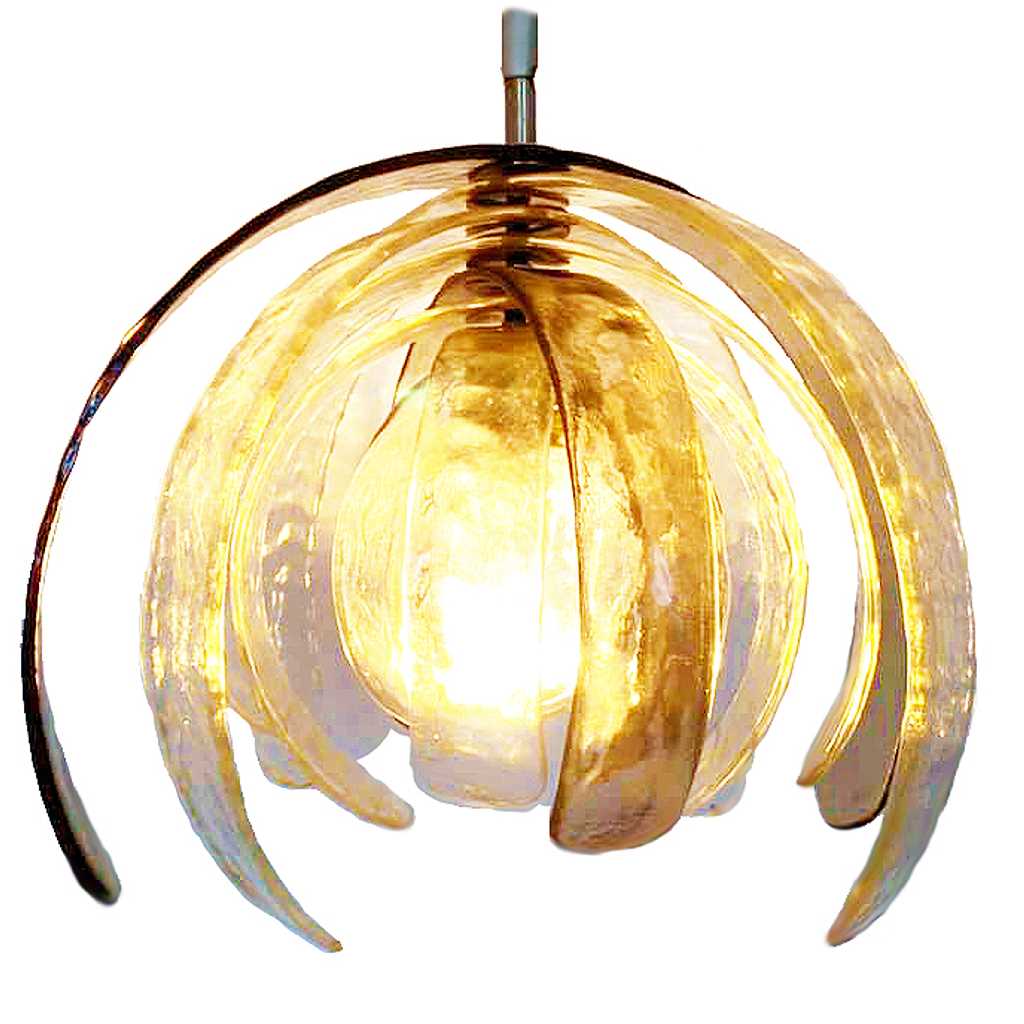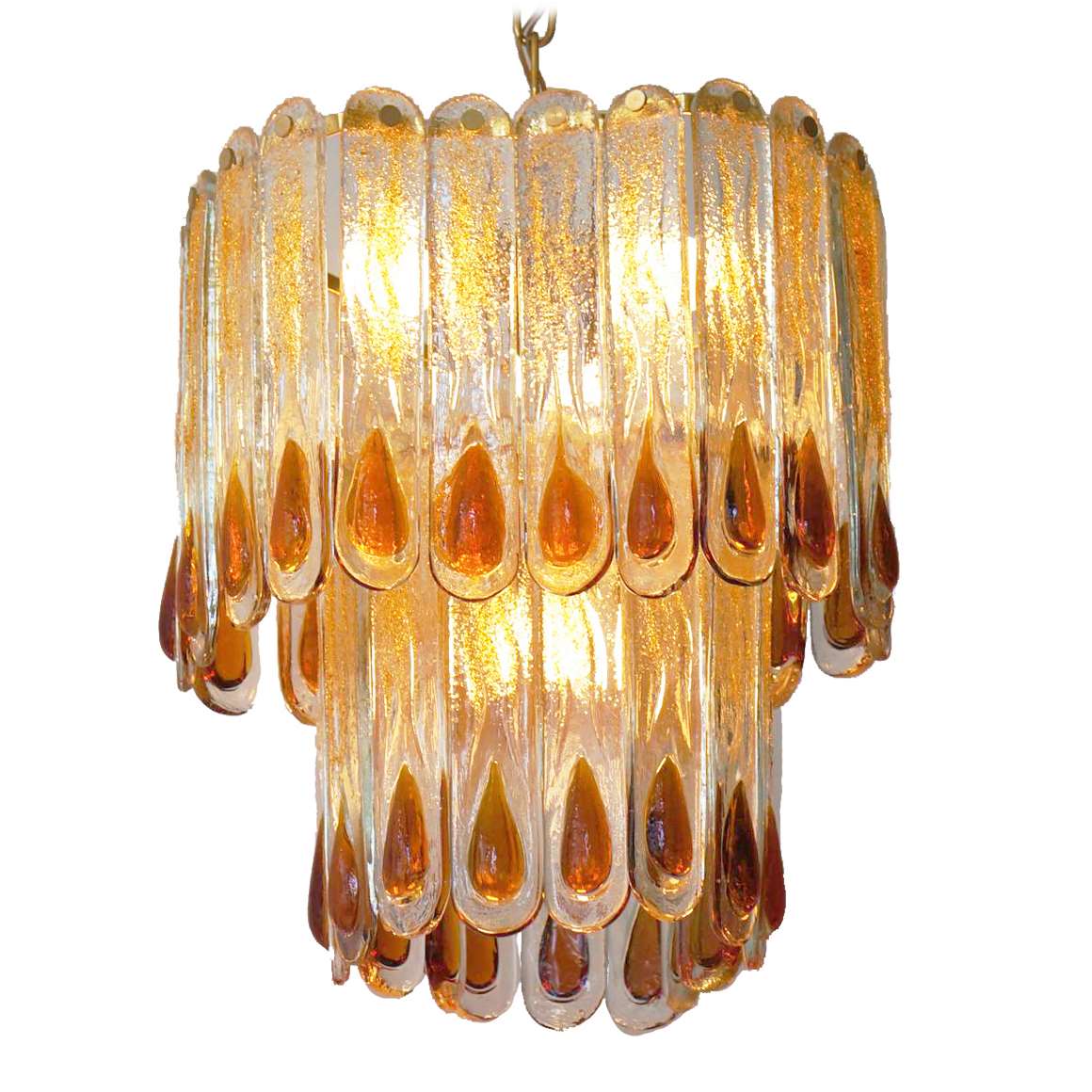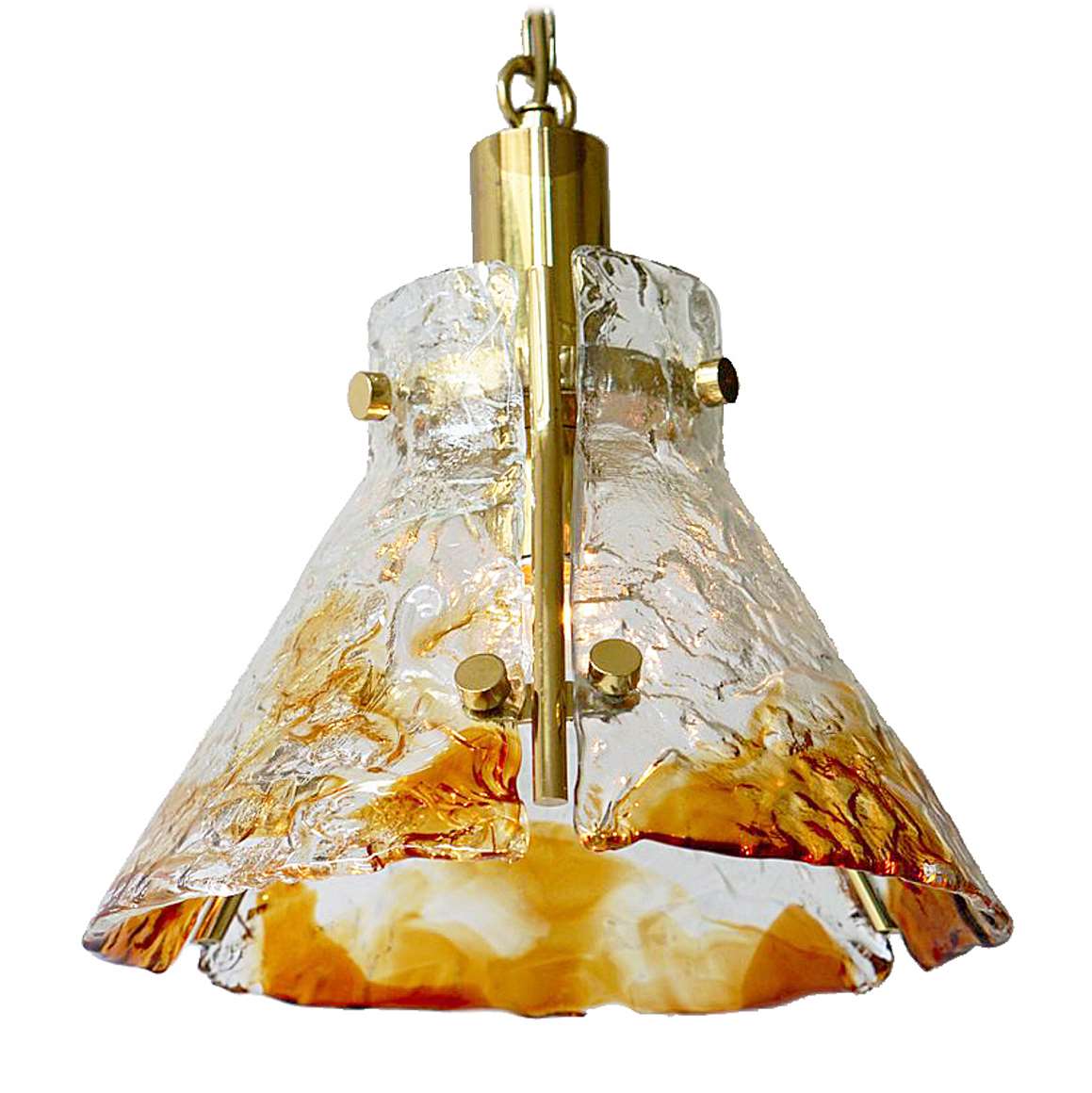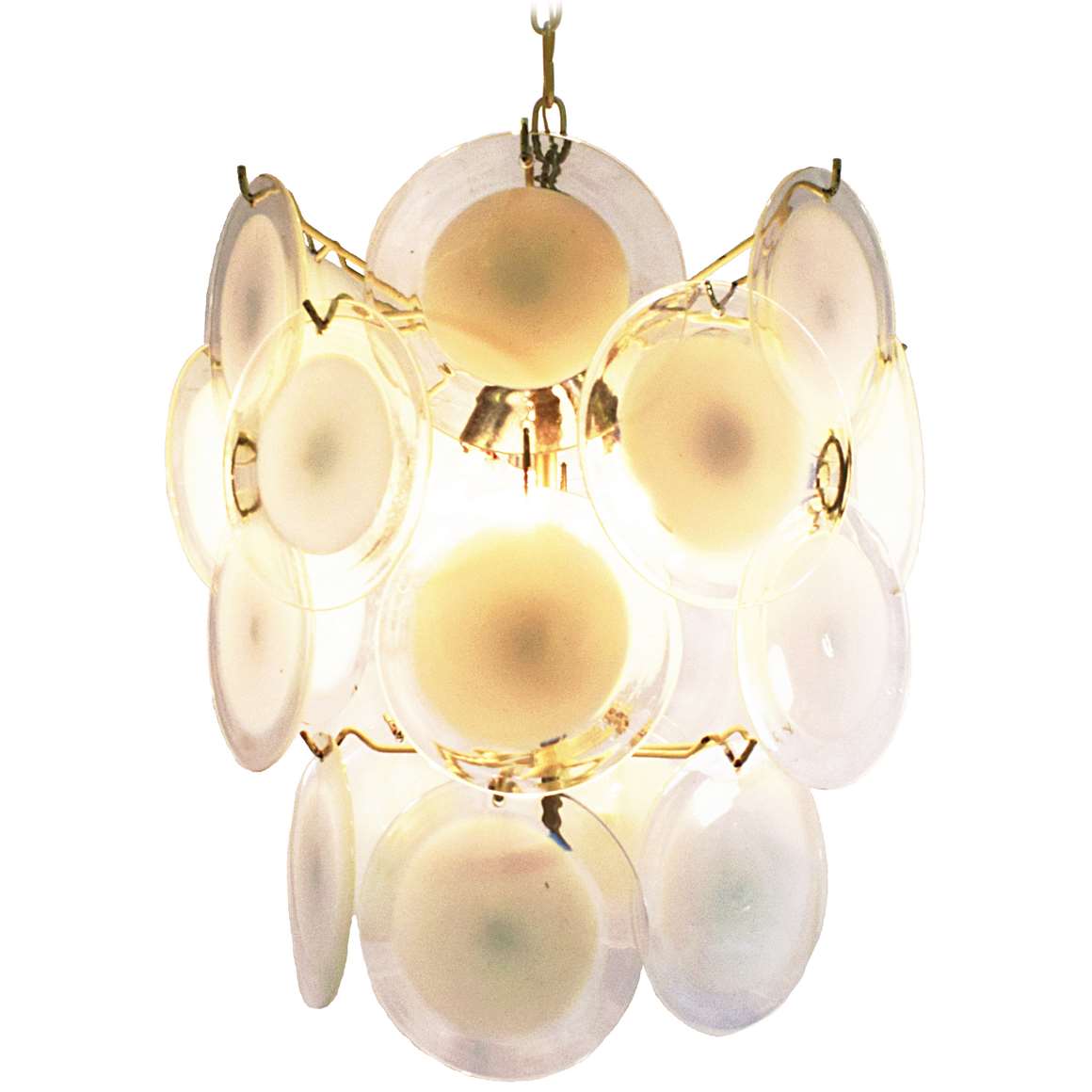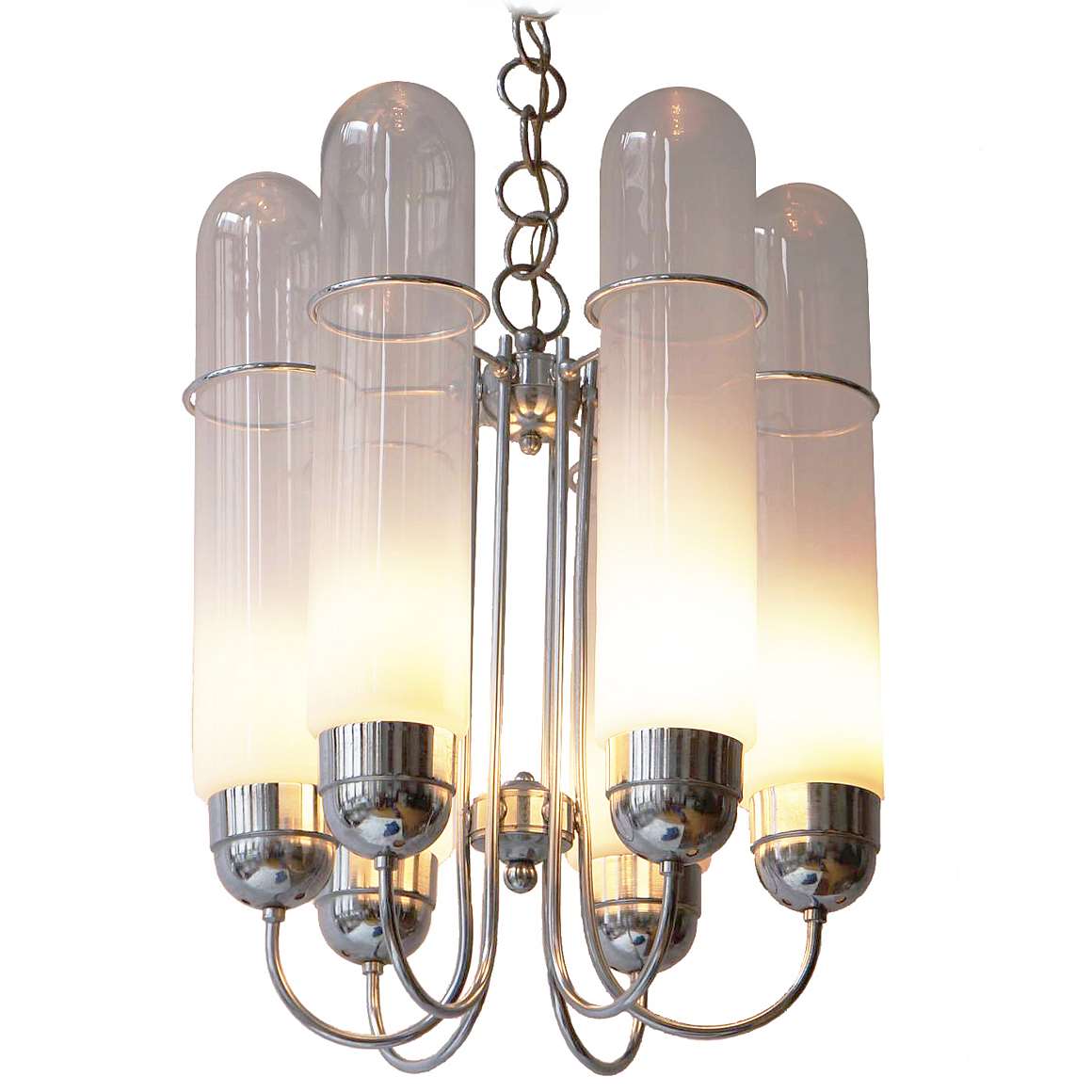Hillebrand
Egon Hillebrand Leuchtenfabrik, Neheim-Hüsten was founded on may 15, 1881 by plumbing and fitter master Egon Hillebrand as a producer of nickel silver lids for beer pitchers, established household appliances, kerosene lamps and storm and carriage lanterns.
With the arrival of the son Franz, the operation was switched to the turn of the century in the manufacture of electrical lighting fittings and office furniture.
Around 1955, the collection was a representative, quality Rustic line “lights for restaurants and farmers bars“. The company filed for bankruptcy in 1995.
Designers that worked for HillebrandDr Heinz Georg Pfaender (1928-2015): in 1961 he designed the Oslo table lamp and in 1963 the Bornholm desk lamp. Two design-icons of the Hillebrand company.
Ernest Igl (1920-2001) designed several lights for Hillebrand in the 1950s.
Odo Klose designed a floor lamp (model 5225).
Martin Bormann designed “traditional lamps” from 1933 until 1973.
Heinz F.W. Stahl designed many iconic lamp for the company in the period 1968 to 1988.
Many thanks to Frank from Flowermountain for the pictures.
Amber Glass Sputnik Chandelier
Materials: Brass globe, rods, chain and canopy. Brass ornamental nuts. Hand-blown clear, white and amber-orange triangular Murano glass pieces that form a globe lampshade. 6 Bakelite E14 sockets.
Chain Length: 50 cm / 43.30”
Height: 46 cm / 14.56”
Width: ∅ 46 cm / 14.96”
Electricity: 6 bulb E14, 6 x 40 watt maximum, 110/220 volt.
Any type of light bulb can be used, not a specific one preferred.
Period: 1970s, 1980s – Mid-Century Modern.
Designer: To be appraised.
Manufacturer: To be determined.
Other versions: This amber glass sputnik chandelier exists in several colours. Probably also made in several sizes.
Although this lamp cannot be definitively attributed to AV Mazzega, it was clearly designed in the same spirit. Hillebrand, the German lighting manufacturer, produced multiple lamps echoing Mazzega ’s style, and this example might be among them.
Do you have an idea? Please let us know through the contact form and help improve the websites exactitude. Your help is much appreciated.
AV Mazzega (Mazzega 1946)
AV Mazzega was founded in Murano in 1946 by Angelo Vittorio Mazzega. Initially devoted to traditional Murano glass, the company shifted in the 1960s toward contemporary lighting design under the leadership of his children Lidia and Gianni Bruno Mazzega.
Gianni Bruno in particular recognized the talent of Carlo Nason, who went on to define the company’s creative direction. With Nason ’s groundbreaking experiments in layered glass and vetro in piastra, AV Mazzega gained international recognition in the 1960s and 1970s. Their lamps became synonymous with Italian design innovation, bridging tradition and modernity.
In 2000, Andrea Mazzega, grandson of the founder, became president. Today the company operates under the name Mazzega 1946, working with leading international designers while continuing to reissue Nason’s classics.
Designers who collaborated with AV Mazzega / Mazzega 1946
Carlo Nason, Aldo Nason, Massimo Rioda, Christophe Pillet, Michele De Lucchi, Giovanni Barbato, Paolo Piva, Sam Baron, Gasmi Chafik, Oriano Favaretto, Michelle Liccese, Gianfranco Gianetti, Amerigo Lorini, Claudio Marturano, Paolo Franzin, Anki Greib, Luisa Bocchietto, Gordon Guilaumier, Oriano Favaretto, Giovanni Barbato and Riccardo Giovannetti, among others.
Murano Glass Lamps
Murano has long been synonymous with the finest glassmaking in the world. Beyond vases, sculptures, and decorative objects, the island’s glassmakers also became pioneers in lighting design.
From the 1950s through the 1980s, Murano workshops produced a wide variety of glass lamps: table and floor lamps, wall sconces, and chandeliers in countless forms. Some were delicate and traditional, others bold and modernist, but all carried the unmistakable quality of Venetian craftsmanship.
The uniqueness of Muran o lighting lies in the mastery of techniques passed down through generations: sommerso layering, murrine patterns, avventurina sparkles, and refined crystal-clear glass. Combined with the imagination of Italian designers, these skills transformed simple glass into luminous works of art.
It is important to note that only lamps made on the island of Murano itself can rightfully be called “Murano glass.” Factories in nearby towns or on the mainland often produced very similar models, sometimes almost indistinguishable in style, but those pieces are not authentic Murano creations. Just one village further, and the result is merely “Murano style.”
Murano – The Island of Glass
Murano, a small island in the Venetian lagoon, has been the world capital of glassmaking since the late Middle Ages. For centuries, its furnaces supplied Europe with the most refined crystal and innovative techniques. By the 20th century, Murano glass had entered the modern era, with lighting design becoming one of its most celebrated expressions.
Among the most important Murano lighting manufacturers are:
Venini – avant-garde glass and collaborations with leading designers.
Barovier & Toso – centuries of tradition and refined chandeliers.
Seguso – known for clarity and elegant modern forms.
AV Mazzega – creators of many mid-century modern icons.
La Murrina – strong colors and bold post-war design.
Vistosi – blending tradition with modern designers.
Together, these manufacturers shaped Murano ’s reputation not only as a guardian of tradition but also as a leader in 20th-century design. Authentic Murano lamps remain highly collectible and admired worldwide — luminous reminders that true Murano glass can only come from Murano itself.
